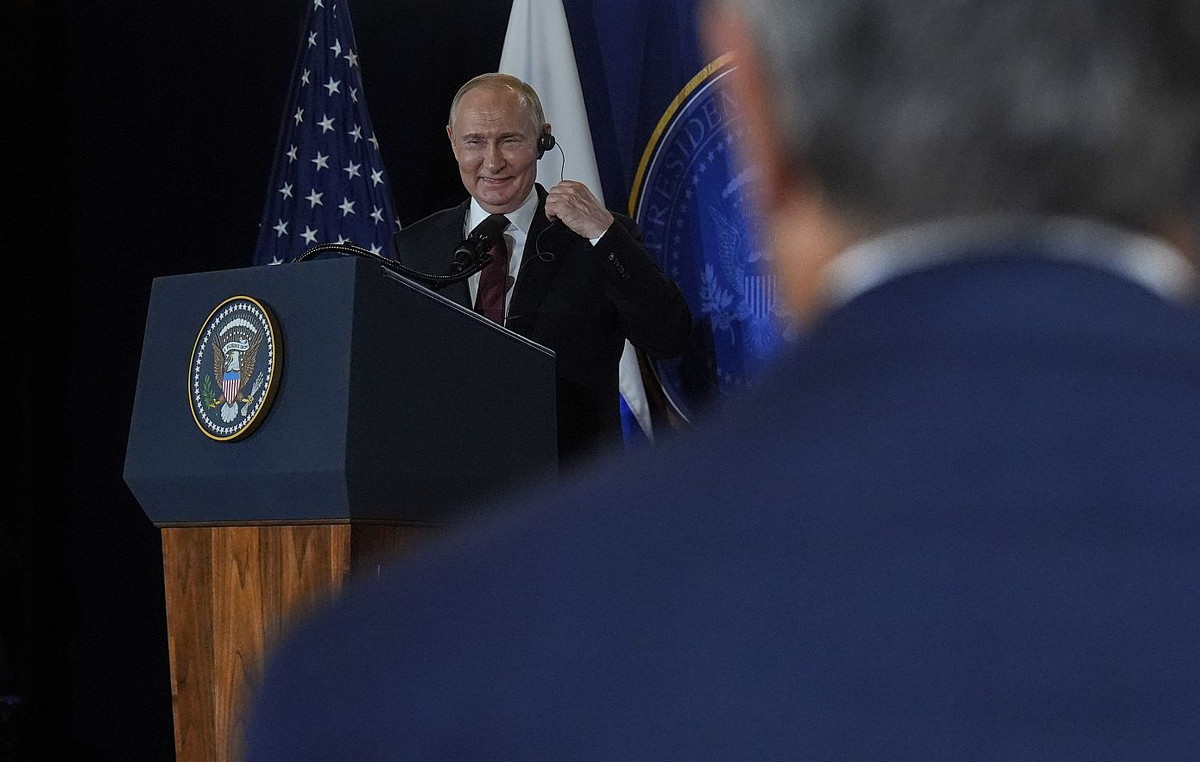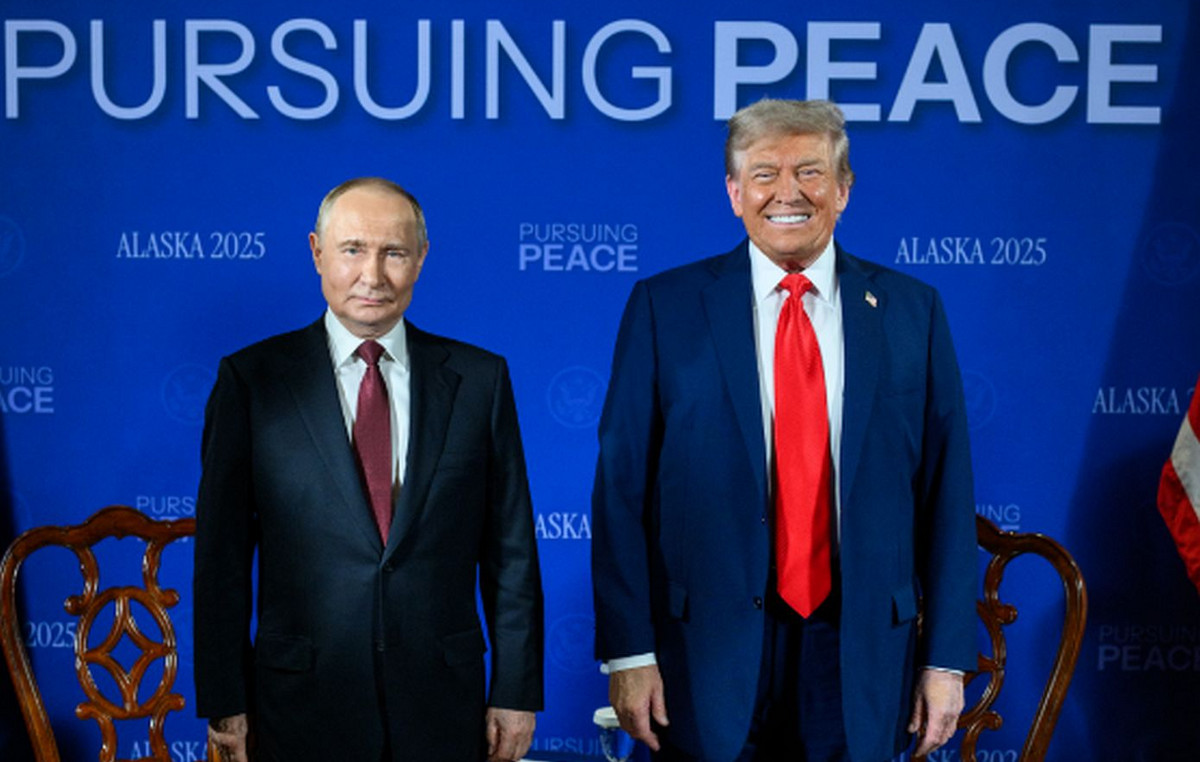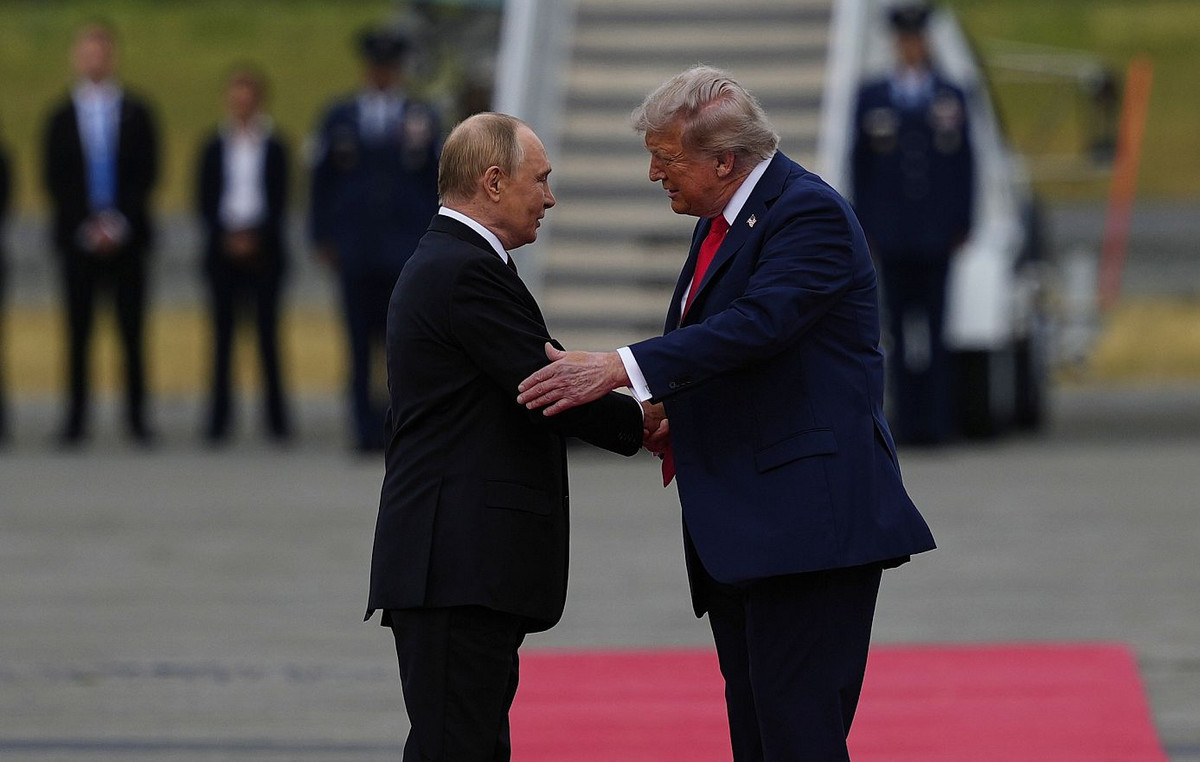- The British Pound remains near 1.3000 against the US Dollar, focusing on US/UK data.
- Jerome Powell admitted that recent inflation readings have added some confidence in disinflation towards 2%.
- BoE policymaker Swati Dhingra supported cutting interest rates sooner.
The British Pound (GBP) is trading sideways slightly below the psychological resistance of 1.3000 against the US Dollar (USD) in the London session on Tuesday. The GBP/USD pair is struggling to extend its upside as the US Dollar gains ground following Federal Reserve (Fed) Chair Jerome Powell’s speech at the Economic Club of Washington on Monday.
The Dollar Index (DXY), which tracks the value of the greenback against six major currencies, is holding key support around 104.00.
Powell acknowledged that recent inflation data have added confidence that inflation is on track to return to the target rate of 2%. However, he said policymakers need to gain more confidence before considering interest rate cuts.
Separately, San Francisco Federal Reserve Bank President Mary Daly said “confidence is growing” that inflation is headed toward the 2% target. Daly stopped short of providing a time frame for rate cuts. She said the central bank should hold rates so they manage to keep downward pressure on inflation, but not so long that they become a challenge to job growth.
On Tuesday, investors will focus on US retail sales data, which is expected to show that retail store sales remained unchanged in June after a meager 0.1% growth in May.
What’s Moving Today: Sterling holds firm ahead of a packed week of UK data
- The British Pound remains broadly bullish against its major peers on Tuesday, with the focus on the UK Consumer Price Index (CPI) for June and employment data for the three months ending in May, due out on Wednesday and Thursday respectively.
- Investors will be paying close attention to inflation readings as they will suggest whether the Bank of England (BoE) will start cutting interest rates from the August meeting, as financial markets expect. Economists expect the annual headline and core CPI, which excludes volatile food and energy prices, to have grown steadily by 2% and 3.5% respectively. Monthly headline inflation is estimated to have increased at a slower pace of 0.1% from the previous reading of 0.3%.
- Aside from the standard inflation components, investors will be particularly focused on the state of price pressures in the services sector, a major factor that has been restraining BoE policymakers from advocating early rate cuts.
- On Monday, BoE Monetary Policy Committee external member Swati Dhingra cited concerns about reduced consumer spending due to the continued tight interest rate framework. She favoured lowering interest rates on the belief that inflation is unlikely to rise sharply again.
- Meanwhile, the March-May ILO unemployment rate is estimated to remain stable at 4.4%. Over the same period, other key components that market participants will be particularly focused on are average earnings, excluding and including bonuses, a key measure of wage growth that drives services inflation. The measure of wage growth, excluding and including bonuses, is estimated to slow to 5.7%.
Technical Analysis: British Pound Holds Near 1.3000
The British Pound is trading back and forth after rising near the psychological figure of 1.3000. The GBP/USD pair is holding on to gains amid uncertainty over the US Dollar outlook. The Cable’s short-term appeal has strengthened after a break above the March 8 high near 1.2900. The pair is expected to extend its upside towards the two-year high near 1.3140.
All short- and long-term exponential moving averages (EMAs) are sloping upwards, suggesting a strong uptrend.
The 14-day Relative Strength Index (RSI) jumps to nearly 70.00 for the first time in over a year, indicating strong upside momentum.
The British Pound FAQs
The Pound Sterling (GBP) is the oldest currency in the world (886 AD) and the official currency of the United Kingdom. It is the fourth most traded currency unit in the world, accounting for 12% of all transactions and an average of $630 billion a day, as of 2022.
Its key currency pairs are GBP/USD, also known as the “Cable,” which accounts for 11% of the forex market, GBP/JPY, or the “Dragon” as it is known to traders (3%), and EUR/GBP (2%). The British Pound is issued by the Bank of England (BoE).
The most important factor influencing the value of the British Pound is the monetary policy decided by the Bank of England. The Bank of England bases its decisions on achieving its main objective of “price stability”, i.e. a stable inflation rate of around 2%. Its main tool for achieving this is the adjustment of interest rates.
When inflation is too high, the Bank of England tries to contain it by raising interest rates, making credit more expensive for individuals and businesses. This is generally positive for the GBP, as higher interest rates make the UK a more attractive place for global investors to park their money.
When inflation is too low, it is a sign that economic growth is slowing. In this scenario, the BoE will consider lowering interest rates to make credit cheaper, so that companies borrow more to invest in growth-generating projects.
The data released gauges the health of the economy and can influence the value of the Pound. Indicators such as GDP, manufacturing and services PMIs, and employment can influence the direction of the Pound.
A strong economy is good for the British Pound. Not only does it attract more foreign investment, but it may encourage the Bank of England to raise interest rates, which will directly strengthen the British Pound. Conversely, if economic data is weak, the British Pound is likely to fall.
Another significant indicator for the pound is the trade balance. This indicator measures the difference between what a country earns from its exports and what it spends on imports during a given period.
If a country produces highly sought-after exports, its currency will benefit exclusively from the additional demand created by foreign buyers who wish to purchase these goods. Therefore, a positive net trade balance strengthens a currency and vice versa for a negative balance.
Source: Fx Street
I am Joshua Winder, a senior-level journalist and editor at World Stock Market. I specialize in covering news related to the stock market and economic trends. With more than 8 years of experience in this field, I have become an expert in financial reporting.








